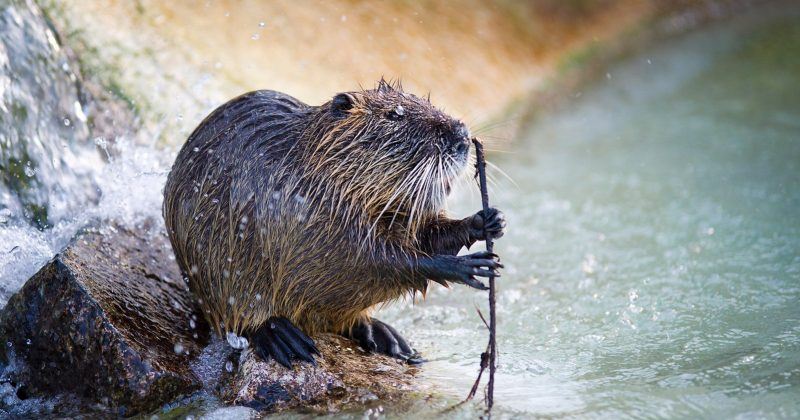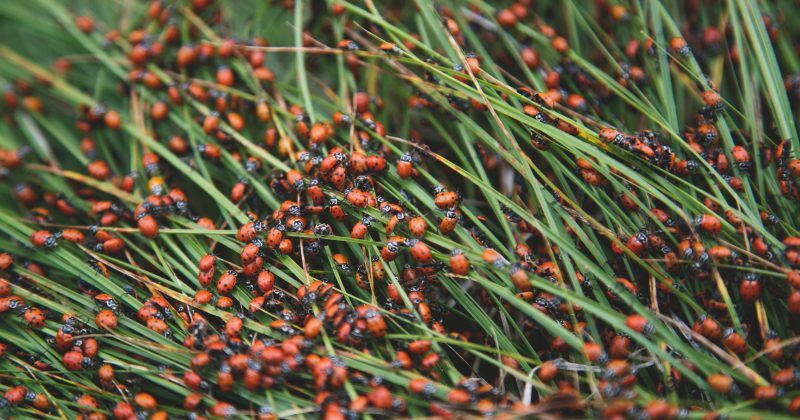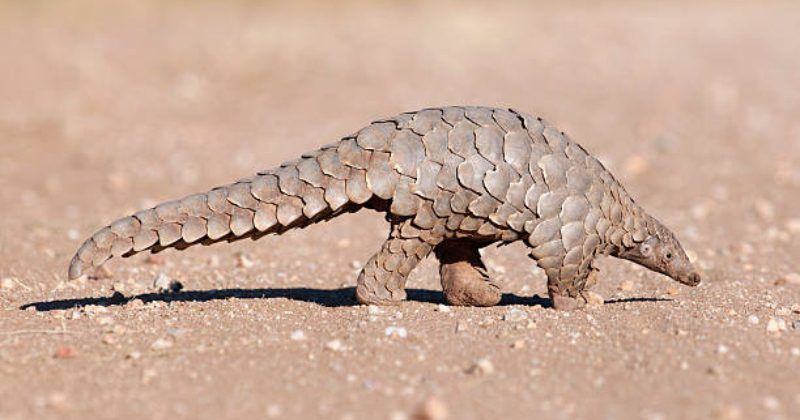
The Pablo Escobar of Eggs
Jeffery
Lendrum, an ex-special forces officer, was caught at Heathrow airport on June
26th, 2018 after arriving from South Africa with illegal cargo.
The
self-proclaimed “Pablo Escobar of the falcon egg trade” strapped eggs from
endangered birds of prey, including vultures, eagles, hawks and kites to his
body in hopes of achieving financial gain. The Telegraph reported that the
value of his cargo was estimated to be worth around £100,000 [1].
That day, eagle eyed officers noticed something unusual about Lendrum. Unfortunately for him, a heavy jacket wasn’t going to conceal his contraband but expose him like a scarlet macaw (Ara macao) in a flock of pigeons (Columba livia domestica). Because who wears a thick jacket in hot weather in a stuffy airport?
The
government’s news story details that officers asked him whether he had anything
to declare and he admitted to carrying “fish eagle” and “kestrel” eggs [2]. Yet
the full extent of his egg smuggling mission was not unveiled until officers
performed a full body search. Shockingly, a body belt...





